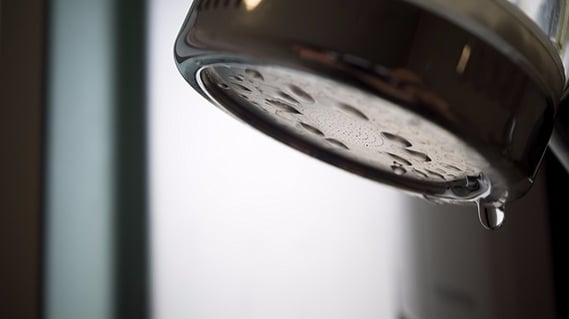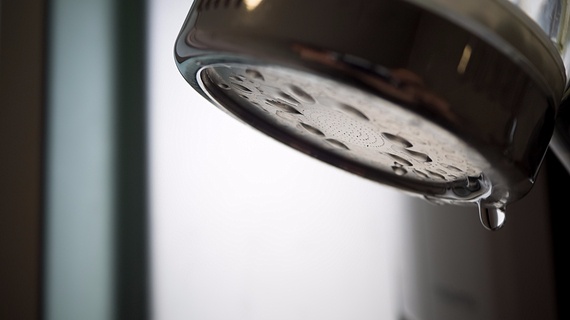
If you’ve identified a legionella risk in your workplace as part of a legionella risk assessment, it’s important that you know what to do next.
A legionella risk needs to be taken seriously
The legal and financial consequences of an outbreak of Legionnaires’ disease can cause serious problems for any organisation. As well as the devastating effect on the health of those affected, there are several recent examples of fines reaching up to £350,000, such as in the case of Basildon Hospital in 2013.
Taking action quickly following a positive risk identification can ensure the future health and safety of any people in your care – and keep your organisation compliant with all legal regulations.
Talk to your expert
Any organisation is able to conduct a legionella risk assessment and remedial action internally. The nominated duty holder is ultimately responsible, but day-to-day responsibility for legionella control can be delegated to a facilities manager or another ‘competent person’. However, given the lack of specialist knowledge, skills, and resources often available in-house - as well as the heightened consequences of any mistakes - most businesses outsource their water management to a professional company.
In the event of an identified legionella risk, the competent person you’ve put in charge of legionella control should be able to determine the corrective and preventative actions needed based on the results of the risk assessment.
Outline steps to prevent and control the legionella risk
This person should have the knowledge and experience to draft a written scheme that outlines what needs to be done to prevent and control the risk of legionella exposure. Note that no two premises are the same, so the written scheme will be relied upon to present steps for precautionary and remedial action that relate specifically to the identified risk.
Examples include:
- Water chlorination (which removes potentially lethal pathogens from tanks and pipework through disinfection);
- Removal or flushing of ‘dead legs’ (sections of pipework that pose a risk of stagnation due to infrequent use or disuse);
- Thermostatic mixing valve (TMV) servicing.
Ongoing monitoring
It’s important to bear in mind that a positive test for legionella isn’t necessarily a sign of non-compliance with the HSE guidelines, which acknowledge the bacteria is present in almost all natural water sources. Similarly, a negative result does not necessarily mean the legionella risk has been controlled to the required standard.
So following any identification of legionella risk and implementation of control measures, a scheme for ongoing monitoring and inspection must be devised. How regularly this is carried out depends on the risk assessment and the nature of the water system. However, it is a vital part of legionella risk compliance that it is undertaken.
Update and maintain your records
Finally, it is imperative that you document the findings of your risk assessment, the scheme for control, and the ongoing monitoring plan.
This paper trail is needed to prove to auditors that the legionella risk is being appropriately controlled. It also helps any new owners or competent persons coming into the organisation know what they have to do to ensure continued legionella compliance.








